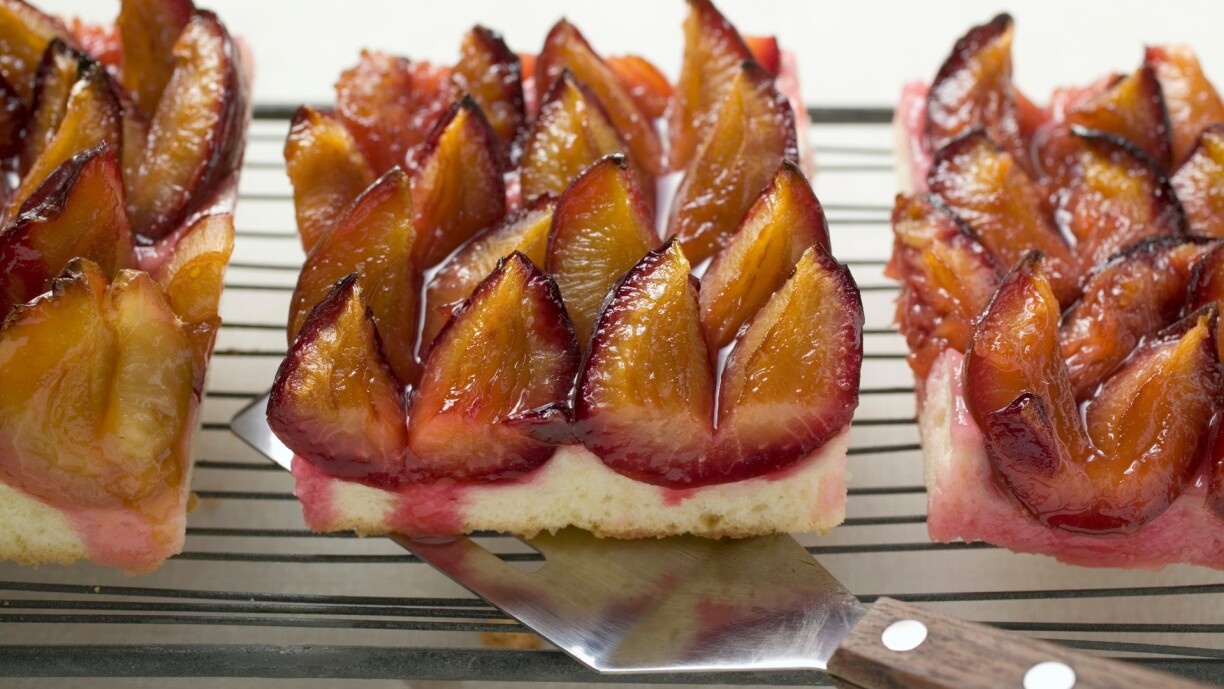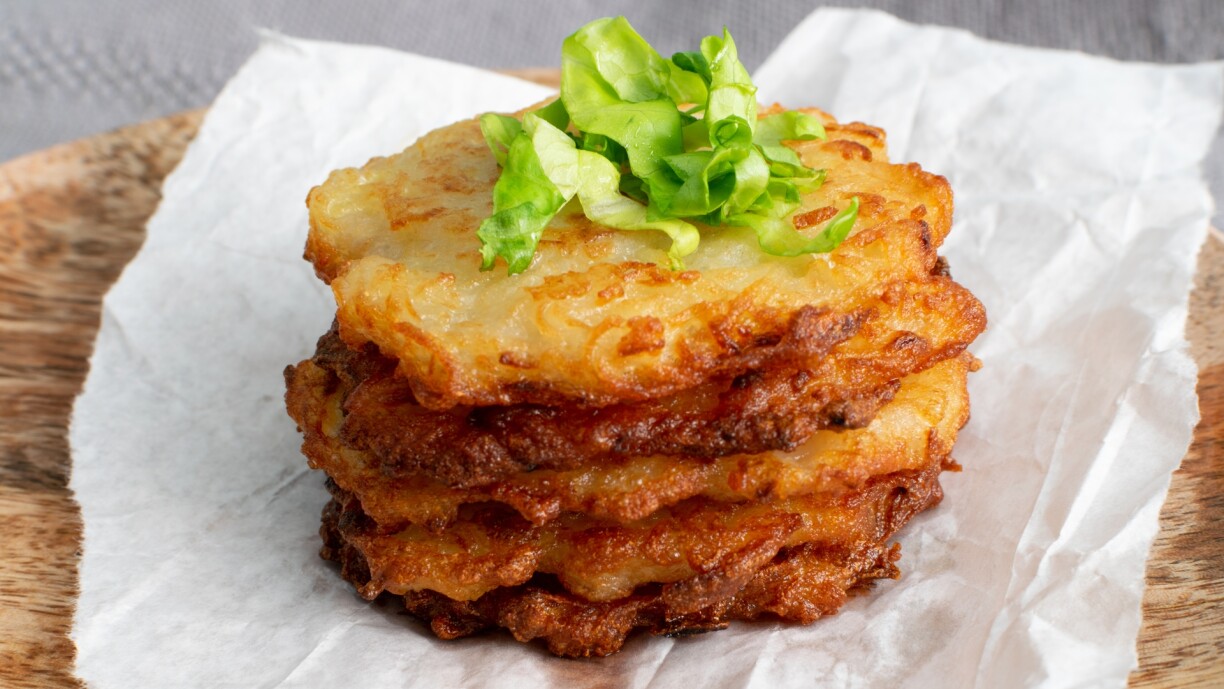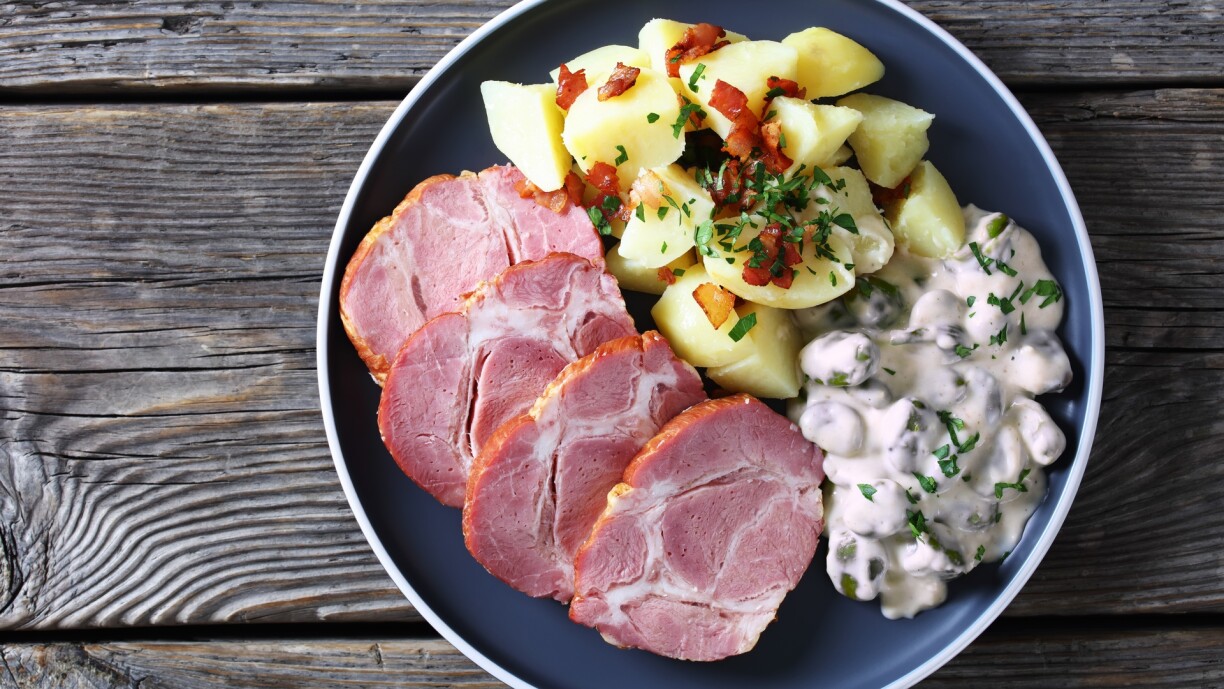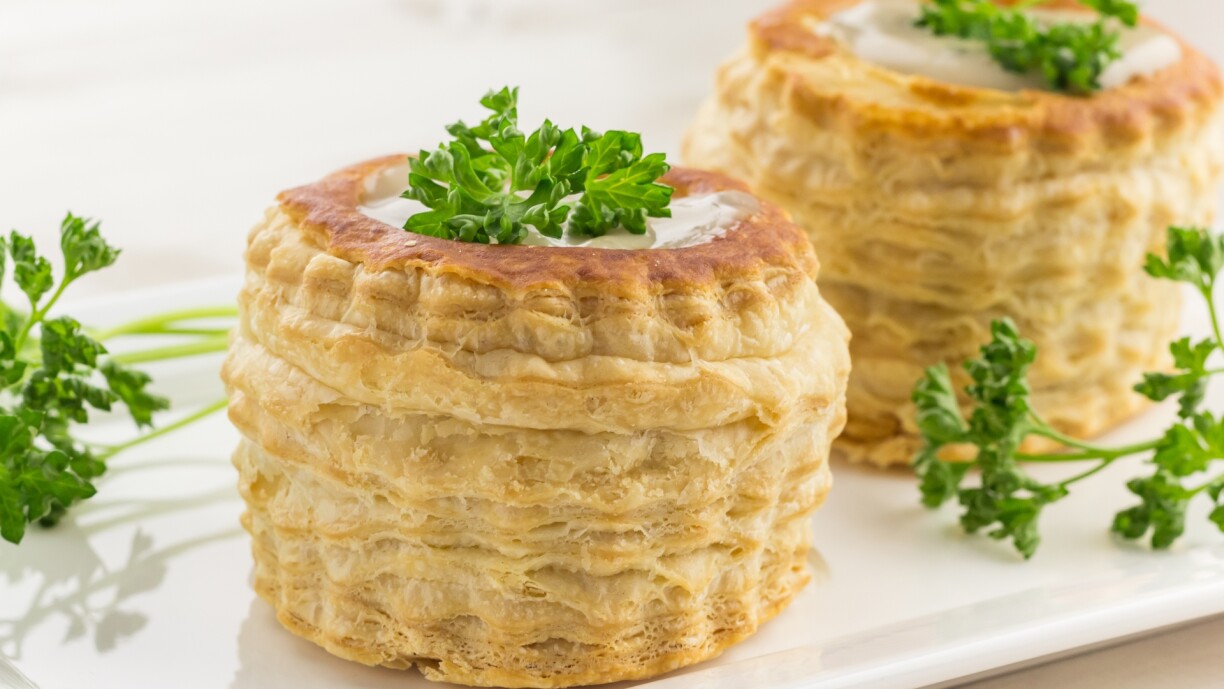
You live and/or work in Luxembourg, so you’ve likely eaten in many of Luxembourg’s restaurants. But how many Luxembourgish dishes have you actually tried?
When you think of food in Luxembourg, some of the first things that spring to mind are large portions, plenty of meat, a fair amount of fish, heaps of potatoes, and piles of beans.
Lashings of cream and wine are also at the front of the pantry.
Indeed much of Luxembourg’s plated offerings reflect the country’s traditions, that being a heavy reliance on farming and history.
Below you’ll find a selected list of what are perhaps the most well known dishes that Luxembourg has to offer, in alphabetical order since we love all of them equally of course.
Bouneschlupp – one of the most classically classic Luxembourgish dishes. This is a soup made with green beans, potatoes, smoked bacon, and onions.
Regional variations of this dish may include additional ingredients such as carrots, leek, or celery. Metworst or other types of heavily spiced sausages may be added as well.
Want to try it? Then click here and find out how to make it yourself!

https://www.epicurious.com/recipes/food/views/trout-in-riesling-232619
Luxembourg trout in a delicious Riesling sauce is a lovely main dish. The abundance of trout in the rivers of Luxembourg means that this is a popular offer in many eateries across the Grand Duchy.
The fish is fried first in a bit of butter and batter and then added to that wonderful sauce. A perfect summer meal.
This traditional Luxembourgish dish hits home as this is essentially fried fish in a flour batter. If you’ve ever had the classic fish and chips in Britain, you are sure to enjoy the Friture de la Moselle – especially popular during the Octave and Schueberfouer.
It is eaten with a drop of lemon, a bit of tartare sauce, and you can always add some fries on the side.
The grand daddy of the list without a shadow of a doubt. Luxembourg potato fritters, called Gromperekichelcher, are synonymous with living in the ‘Burg.
The crispy fritters are made of grated potatoes, onions, shallots, and parsley, all held together with some flour and eggs.
Typically these are made flat and ideally should be formed like a small pancake. Traditionally served with apple sauce and pair well with Trout in Riesling sauce (see above).
Read on here for even more info on this carb-loaded taste delight.
During the game/hunting season – October to December – you might find Huesenziwwi on the menus of some Luxembourg restaurants.
Essentially wild hare stew, the hare is first marinated between 48 and 72 hours and is then fried in lard and flambéed with cognac.
The hare is traditionally served with a sauce made from hare or calf’s blood, red wine, and even more cognac.
A savoury dish of smoked pork collar and broad beans is, arguably, one of the country’s most widely recognised national dishes. When it comes to writing a menu comprising of only Luxembourgish dishes, this might actually be the very first item on the list.

Kalen Hond, which literally translated means ‘Cold Dog’ (or rather ‘Cool Dog’ perhaps?), is a type of cold-set cake that is made up of milk-soaked biscuits, held together with butter creme. Additional flavours like chocolate or vanilla might very well be added.
Okay I know we already crowned Gromperekichelcher the grand daddy of Luxembourgish dishes, but if anything comes close to the fritters’ popularity it would definitely be Kniddelen.
Traditionally served in a creamy sauce with bacon, Kniddelen are best described as small to medium-sized dumplings that are dropped into boiling water to cook. An absolute must for every Luxembourgish menu.
Possibly, maybe, half-inched from neighbouring France, Bouchées à la reine are very small flaky pastries that are essentially vol-au-vents – something Brits might recognise from pretend posh parties.
Usually including chicken breast, veal sweetbread, quenelle or ham, the pastry is garnished with a dollop of a savoury mixture bound together with a – you guessed it – creamy white sauce.

This is a traditional Luxembourg dish – a wonderful meat pie into which a fragrant Riesling jelly is poured and left to set.
For some (this editor, for example) the cold jelly is an absolute deal-breaker. For others, and there are many, it is quite a delicacy.
Quetschentaart, one of the classics of Luxembourgish baking. The simple fruit tart is a traditional autumn treat, and you’ll find it at bakeries across the country at this time of year. Admittedly, other fruit on tarts is also very popular in Luxembourg. After all, pretty much everything tastes better when served on flaky pastry.